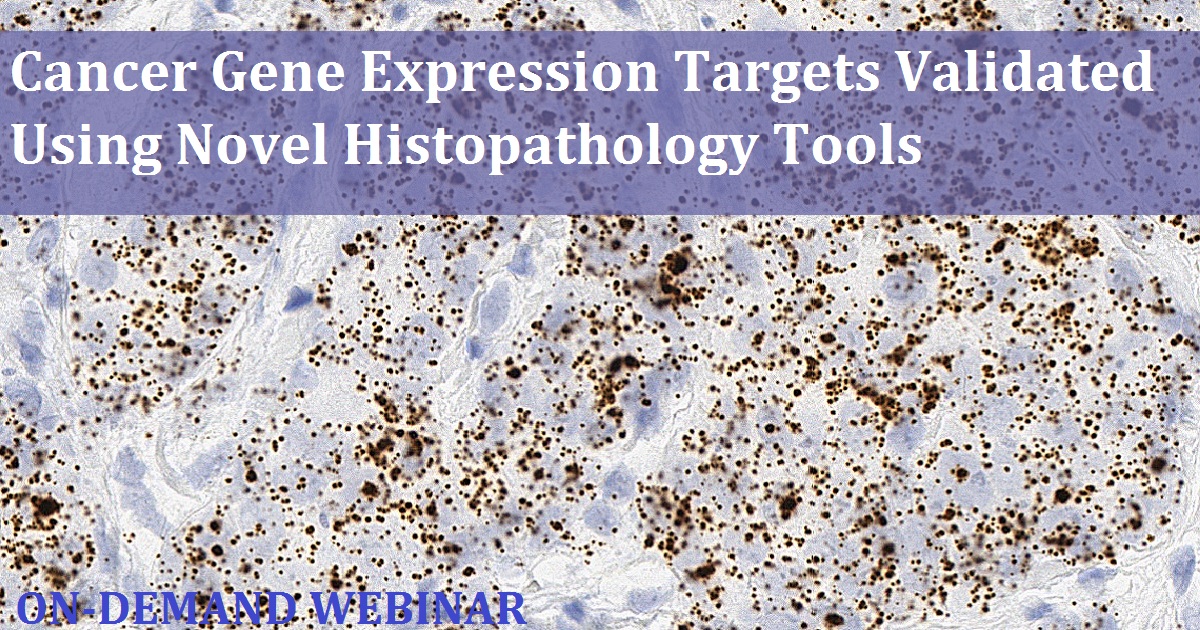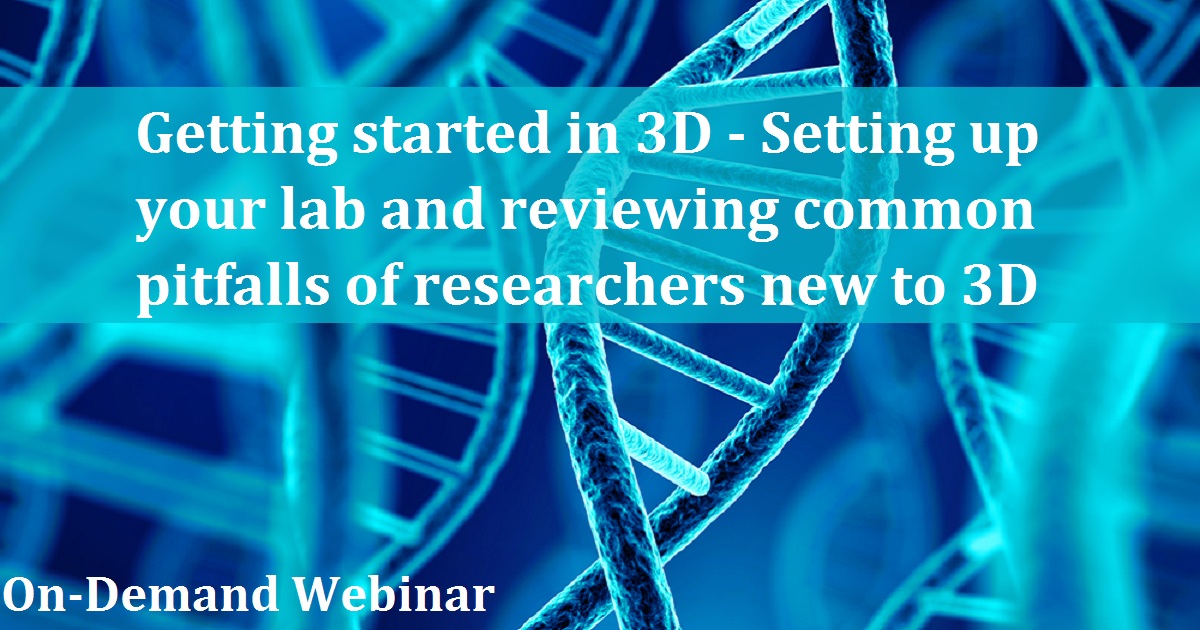
Advanced Cell Diagnostics Inc.
When assessing a potential biological therapeutic candidate, several histopathological technologies are typically employed. This ensures the target expression is validated in both normal and diseased tissues before proceeding with pre-clinical studies. Protein B is a transmembrane glycoprotein that is overexpressed in numerous cancers, including triple-negative breast cancer and is often correlated with the metastatic phenotype. In this GEN webinar, we will discuss the process involved in a typical molecular pathology laboratory.
Watch Now

Discovering new “drug-like” and synthetically viable compounds via artificial intelligence (AI) is of great interest to medicinal chemists.
Watch Now

Thermo Fisher Scientific
As we develop new methods to create more biologically relevant models for research in understanding disease etiology and innovating new treatment options, one of the most requested areas for educational materials is 3D cell models such as organoid and spheroid systems. Thermo Fisher Scientific is proud to present our webinar series on 3D culture & analysis, and more importantly, how you can get started, how to monitor and analyze 3D models and what to do with these once you have successfully cultured your organoid or spheroid model of interest. In this series we will specifically cover the following areas and after taking part in the presentations, hopefully you will be better equipped to answer the basic questions and feel enabled to get started using 3D culture systems.
Watch Now

xtalks
Many standard of care (SOC) treatments in cancer patients result in a clinical outcome of non-response. Drug development companies are trending toward interrogating resistance mechanisms and using this information in advancing their programs and informing personalized approaches to novel therapeutics.
Watch Now